Sharing is caring!
Let’s skip the debate about whether graphic novels count as reading since I’m hopeful we all just agree that yes, they do! And then we can move right to talking about graphic novel examples to use in high school English. But I’m shifting a bit from the ordinary to suggest options that are not classic graphic novels.
The twist of these graphic novel examples is that they are wordless! Yes, you read that right… wordless!
Wordless Graphic Novel vs. Classic Graphic Novel
A wordless graphic novel is sometimes called a silent graphic novel. Classic graphic novels include typography and typical wording to share a story in panels. But these graphic novel examples focus exclusively on the visuals for storytelling.
You might think oh, picture books! And I would say, kind of!
I love using picture books in middle school and high school English, check out this post with three fantastic ideas for using them in your classroom.
These graphic novel examples fit with the genre of classic graphic novels rather than picture books. The stories told in these wordless options are more mature than your average picture book; sure there are some that can be a hit with kids but the heart of the stories can really resonate with teens and adults alike!
Keep reading for four wordless graphic novels that would make a great addition to your classroom as well as a few ways to use them!
4 Wordless Graphic Novel Examples
The Arrival by Shaun Tan
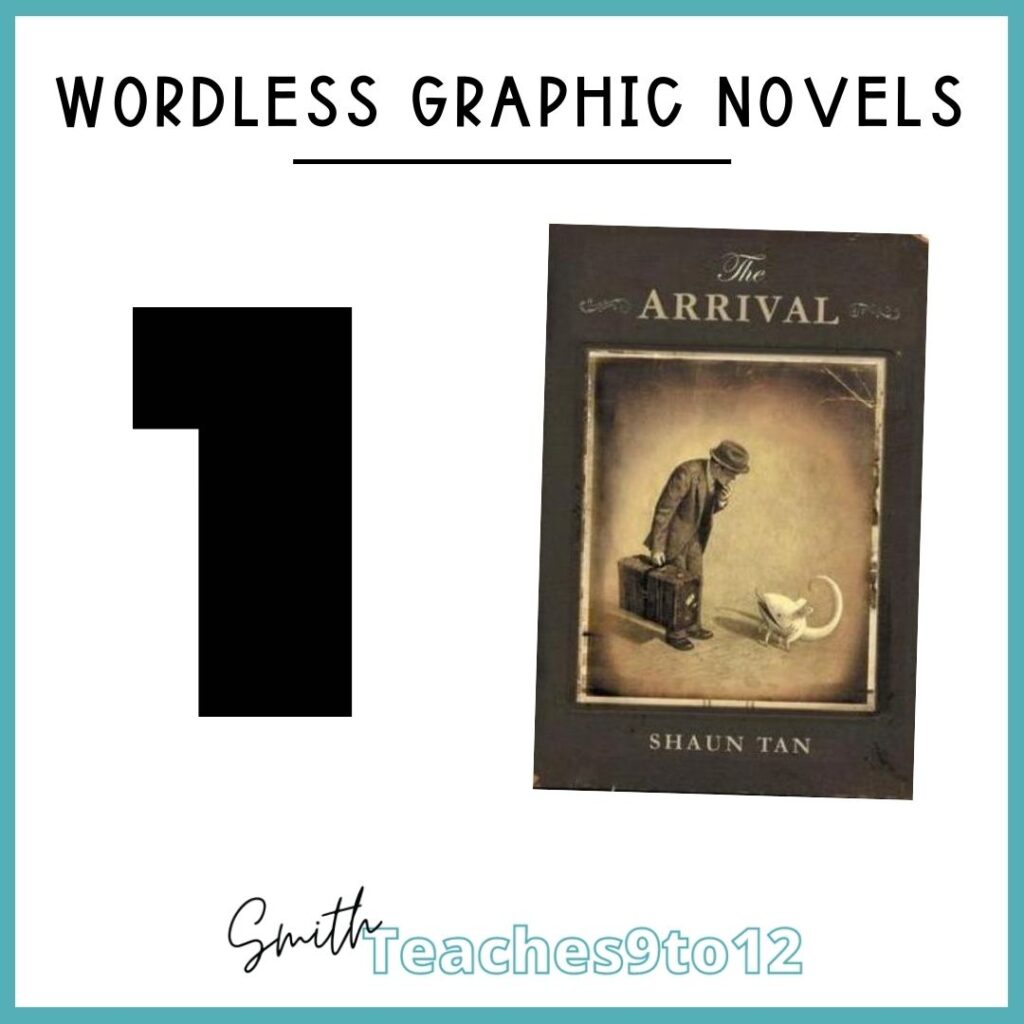
A man leaves his homeland in search of a new life for himself and his family (who he initially has to leave behind) in a new country.
Cicada by Shaun Tan
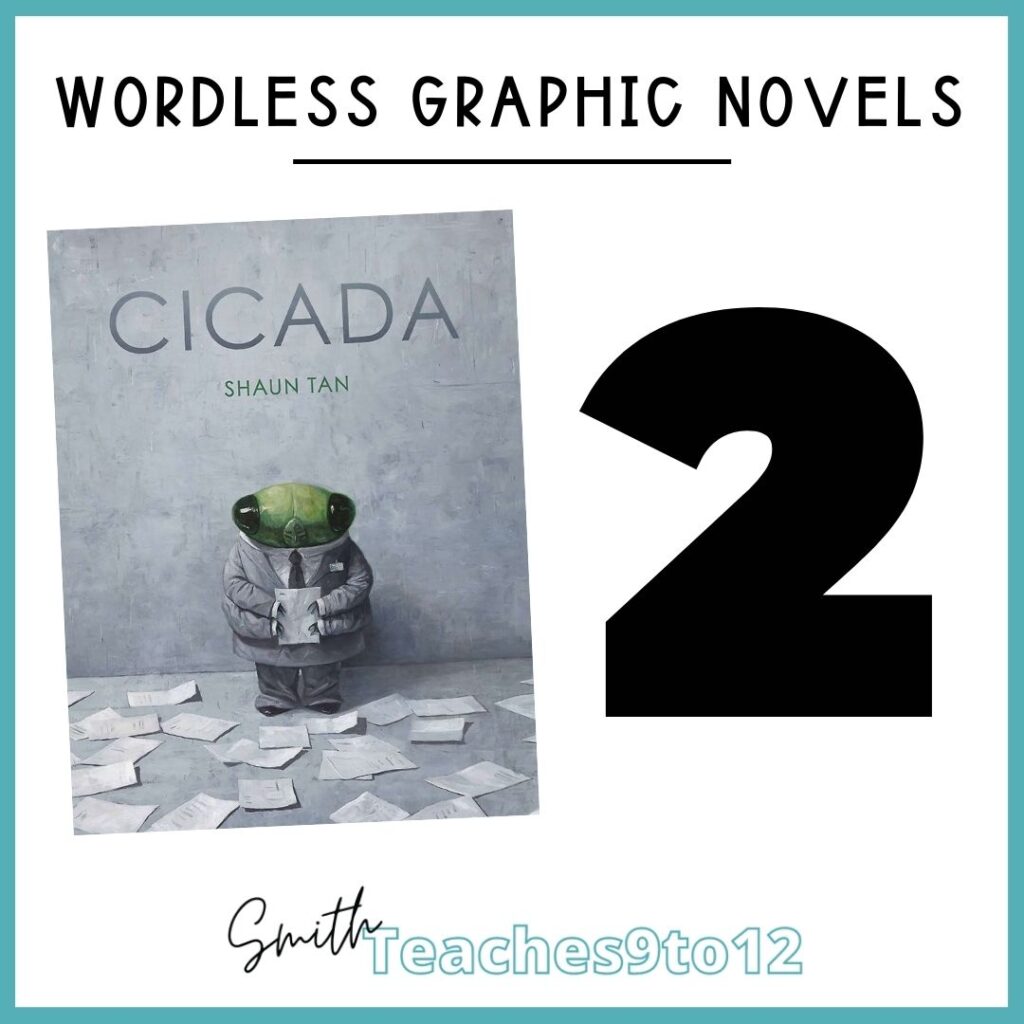
Hints of Kafka with a cicada who hates his day job as an office worker and retires after seventeen years and begins life anew.
Robot Dreams by Sara Varon
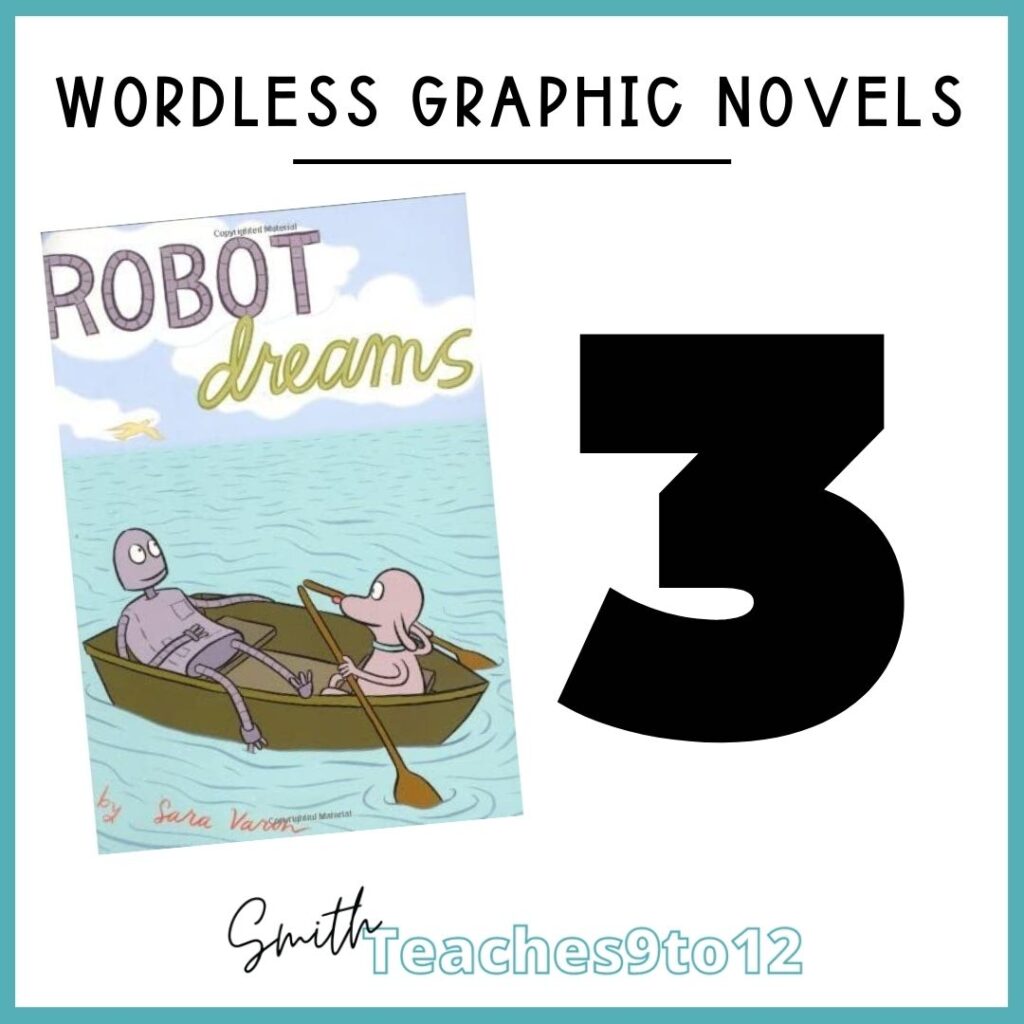
Focuses on the friendship between a dog and a robot when they one day head to the beach and the robot rusts so the dog has to leave him behind. This starts a whole new life for both the dog and the robot.
Leaf by Daishu Ma
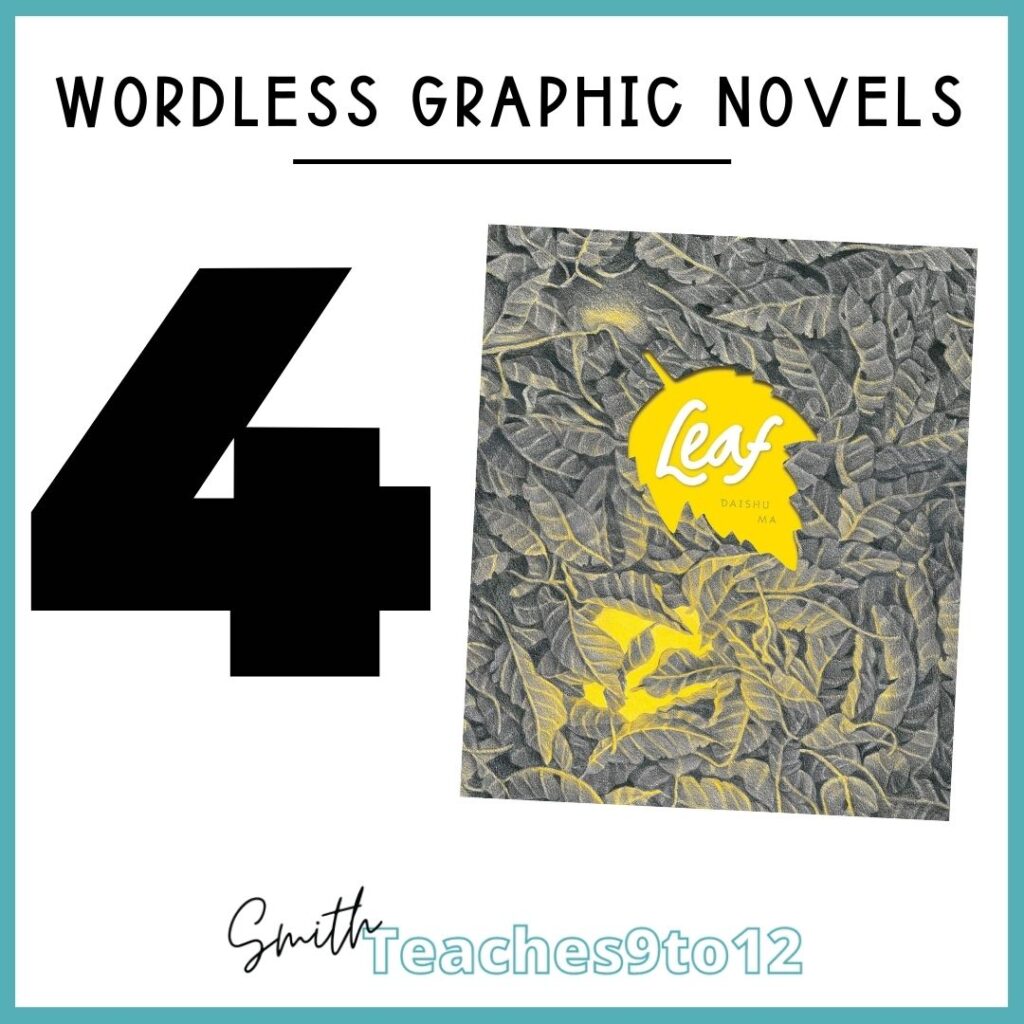
Here’s the book’s tagline: How much power does a single man, let alone a single leaf, have in the industrial world? And with this the focus is on a man who discovers a leaf, the only real element of colour in the book, and he sets out on a quest that reveals much to him.
6 Ways to Use These Graphic Novel Examples
Wordless graphic novels can be used in a variety of ways and present some added benefits too. They are a great option to inspire creative thinking and these are texts that are readily accessible for all so you’d be able to differentiate for all of the learners in your classroom.
Inferencing
Without words, students need to still understand the story and so they have to use their inference skills. You can facilitate this with a few copies of out of order images from the book and have students infer what the order should be by how they infer the plot order.
Or make it into a bell ringer or warm-up activity by giving students three sticky notes (or just a single one if you’re pressed for time). Project a single page and give students a minute to write down their inferences about the story. If you’re in need of a bit of a longer activity, project another image and have them make notes, and repeat this with a third image. Then, get students into small groups or simply have some volunteers share what they think the book is about based on the three images they’ve viewed. Reveal the front cover and synopsis for students to assess their accuracy.
If you want to make this a fuller lesson, then having students write up their findings and compare with others before you reveal the book title and summary.
Creative writing
Use it to study storytelling! A graphic novel without words has to work a bit harder to tell a story than a classic graphic novel or novel. So why not examine how the illustrator and writer shows rather than tells to communicate their narrative? And have students use the knowledge gained from such an examination to apply it to their own writing, whether it’s fiction or not. (I love to do this when students are deep into their essays to get their brains thinking outside the box a little before returning to edit their essays)
Or use the images in any one of these graphic novel examples to inspire some storytelling. Share an image and have students create the narrative.
I like to use these to get students to write vignettes that focus on a particular element. Focus on setting a specific mood or tone so students can better understand it in other stories they read – a fab addition to an already established novel study since the wordless graphic novel examples don’t require ‘extra’ reading. Or use the images to incorporate specific types of figurative language such as idioms. Check out this resource with 100 idioms and a scaffolded lesson for understanding vignettes and writing using a wide assortment of idioms.
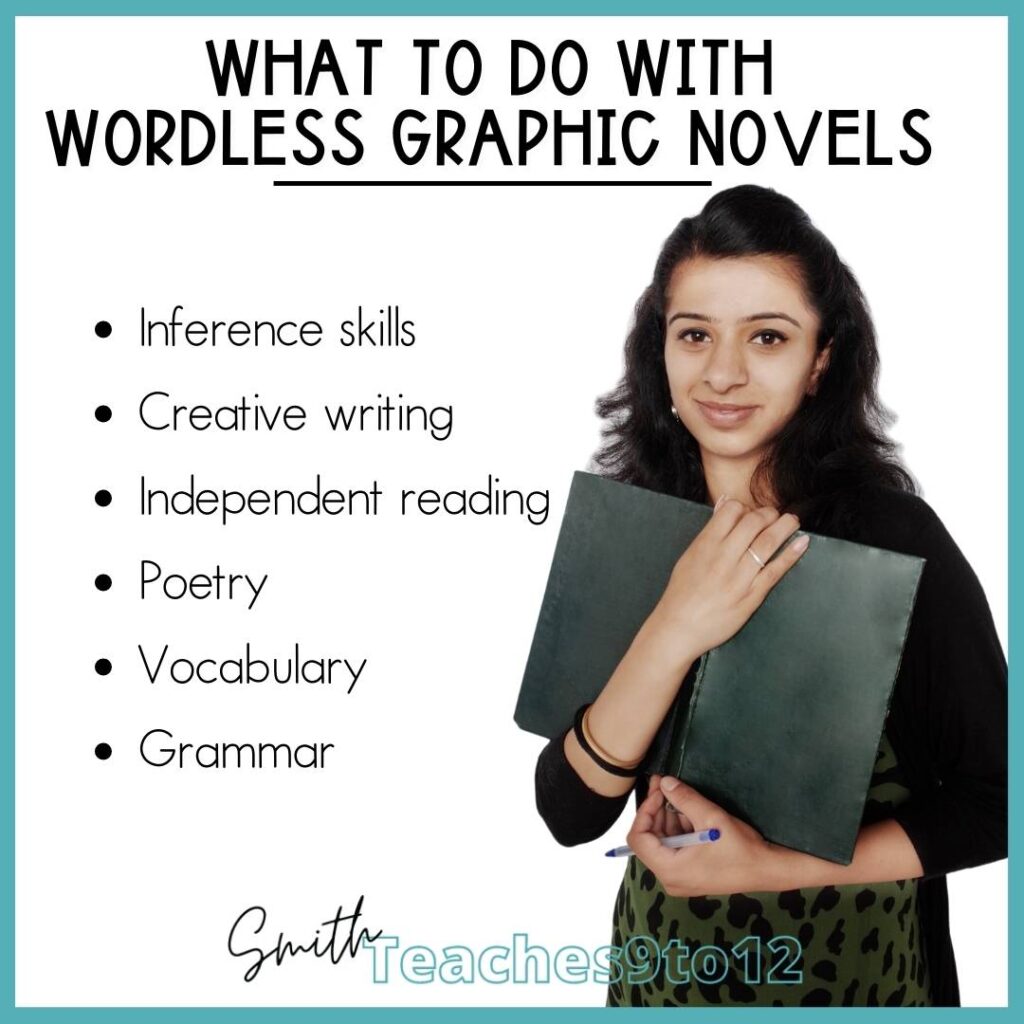
Poetry
Another creative writing option. Use the images to inspire the poets in your classroom. Whether it’s a haiku or tanka, limerick, sonnet, or whatever other forms of poetry you’d like to explore, the images in wordless graphic novels can lead students to more creative thinking and writing!
Vocabulary
Embed vocabulary instruction by using the images to get students to write and include vocabulary words. Provide a list of words that might be used in an upcoming informational text, short story, or novel students will read (or are reading). And have them write sentences using these words based on the image in the graphic novel examples.
Sure, students could write without the image but sometimes it’s difficult to craft a good sentence without some inspiration!
Check out this post on ELAMatters.com – a collaborative blog for middle school and high school English teachers – with a quick lesson on vignettes and vocabulary instruction.
Grammar
The same goes for grammar. If students are learning about commas or adjectives then use the image to have them write some inspired sentences putting the grammar lesson into action.
Chill ‘reading’
The final option is simply to add some wordless graphic novels along with class graphic novels into your classroom library. Sometimes students just need a bit of escapism and a wordless graphic novel can certainly be that while still exploring a story.
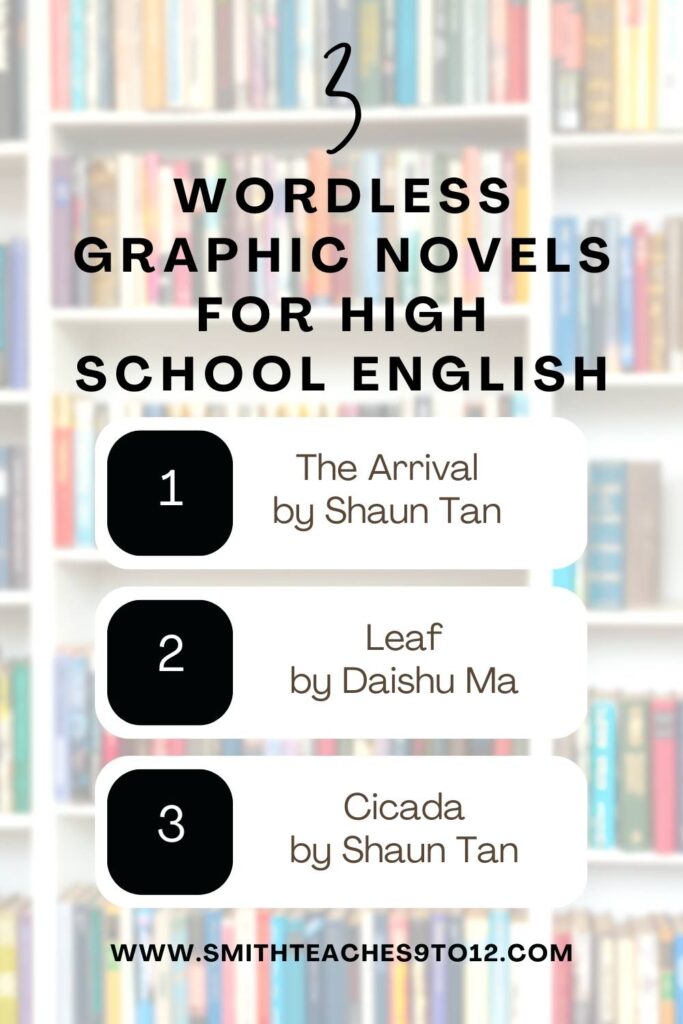
The thing about including classic graphic novels or wordless graphic novel examples in your classroom is that students often think they’re getting away with something when really they’re often working ‘harder’ or ‘smarter’ in this form of reading!

Related articles:
- 12 Short Short Films for ELA
- In Order For Students To Become Better Writers You Must Teach Critical Thinking from Missy at A Better Way to Teach
- 3 Activities to Teach Point of View from McLaughlin Teaches English

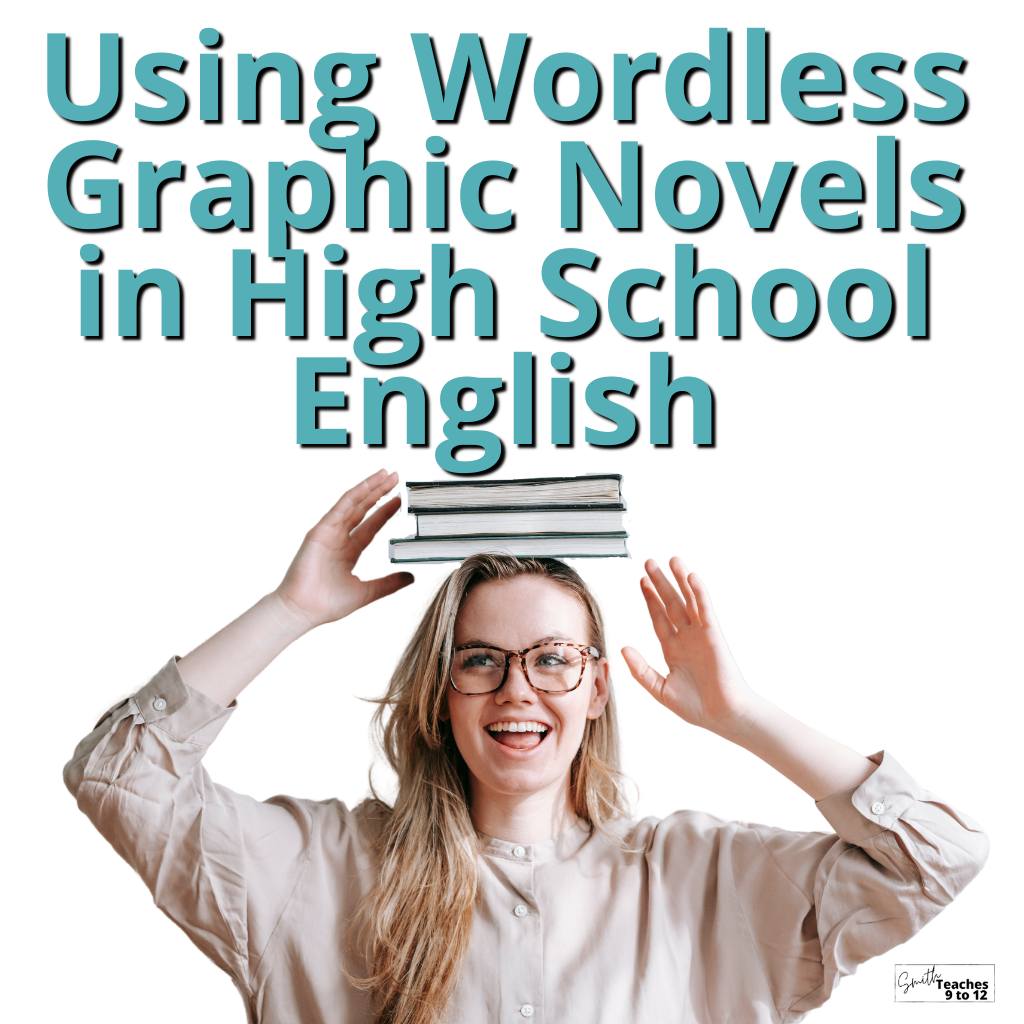
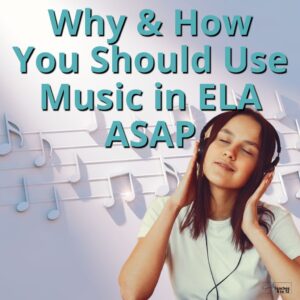
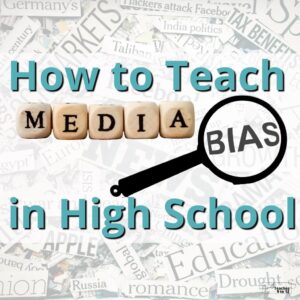
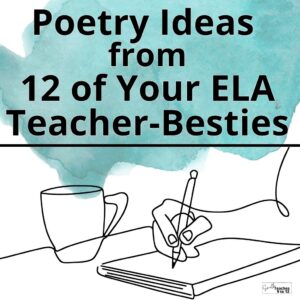
One Response